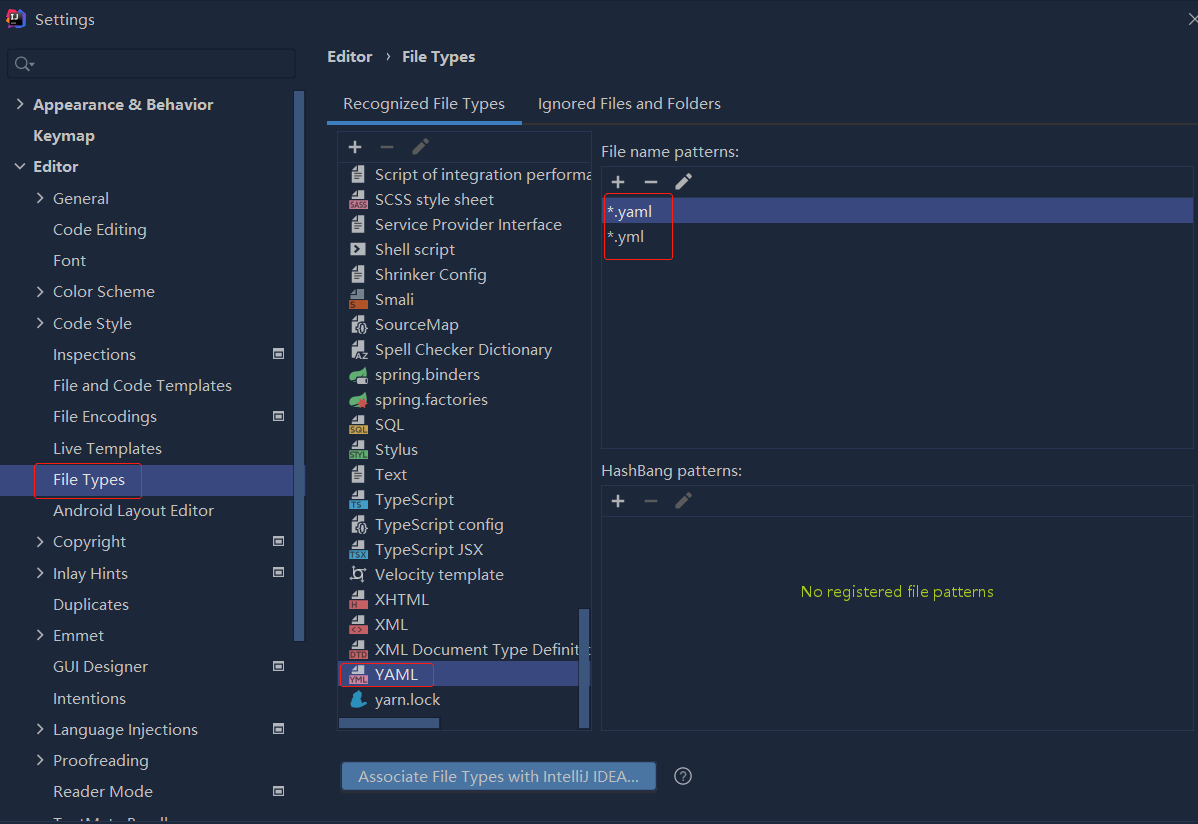问题描述
|
我正在构建一个线程化消息系统,该系统将托管在Google AppEngine上
我已经按照Brett Slatkin在“在App Engine上构建可扩展的复杂应用程序”中描述的技术进行了建模
class Message(db.Model):
sender = db.StringProperty()
body = db.TextProperty()
class MessageIndex(db.Model):
receivers = db.StringListProperty()
class Message(model.Model):
sender = model.StringProperty()
body = model.TextProperty()
class _DisplayState(model.Model):
user_key = model.KeyProperty()
state = model.IntegerProperty(default=0) # 0-unread,1-read,2-archived
class MessageIndex(model.Model):
receivers = model.StructuredProperty(_DisplayState,repeated=True)
class MessageState(model.Model):
user_key = model.KeyProperty()
message_key = model.KeyPropery()
message_state = model.IntegerProperty(default=0) # 0-unread,2-archived
解决方法
为了最简单的查询-将\'接收者\'列表分为四个不同的列表-\'未读\',\'读\',\'已存档\',\'已删除\'并将列表之间的接收者记录随机排列为适当。

 依赖报错 idea导入项目后依赖报错,解决方案:https://blog....
依赖报错 idea导入项目后依赖报错,解决方案:https://blog....
 错误1:gradle项目控制台输出为乱码 # 解决方案:https://bl...
错误1:gradle项目控制台输出为乱码 # 解决方案:https://bl...